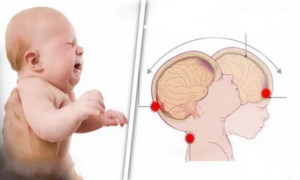Article Summary by Sarah Fabiano, MD, FACEP, FAAEM
Background
NAEMSP has had a position statement on patient restraint in 2002 and updated in 2017. This updates and replaces the prior statements and is now a joint position statement with the National Association of State EMS Officials (NASEMSO), National EMS Management Association (NEMSMA), National Association of Emergency Medical Technicians (NAEMT), and the American Paramedic Association (APA).
When behavioral emergencies happen, there is an increased risk for injury to providers and patients. Continued agitation and struggling can cause hyperthermia, hyperkalemia, rhabdomyolysis, and cardiac arrest. Pharmaceutical intervention and sedation may prevent adverse events and improve the safety of the patient.
Caring for the Agitated or Combative Patient
Priority is to protect agitated, combative, or violent patients from injuring themselves while also simultaneously protecting the emergency responders and the public from injury. De-escalation techniques should be utilized whenever possible.
It is expected that EMS providers will be able to quickly assess the situation and have protocols in place for these situations. It is important to identify potential correctable causes—hypoxia, hypoglycemia, stroke, seizure, TBI, delirium, or alcohol/substance intoxication. Applying oxygen may be helpful in those who it is difficult to get a pulse ox on due to agitation and would preoxygenate those who may need to be sedated. An agitation score, such as the Richmond Agitation Sedation Scale (RASS), should be utilized for assessment and reassessment of patients.
It is important to maintain patient dignity and use the least restrictive restraints possible. EMS providers need to protect themselves and may need to restrain the patient, however, EMS providers need to be properly trained in these techniques. It is imperative that while many of these situations may also have law enforcement involved, that the patient isn’t sedated or restrained by EMS to get the person in custody, rather to treat them medically. The restraints should be able to be removed with ease by the provider.
EMS should not tie a patient with hands and feet behind back, place the patient prone, use position that compromises the airway/constrict the head or neck. The EMS provider should not use weapons to restrain. Commonly used medications are ketamine, benzodiazepines, and/or a butyrophenone. Any intervention, whether physical or chemical, warrants continuous observation and frequent reassessments.
All cases with restraints should be clearly documented, in some systems medical control should be involved, QA of all these cases should be considered.
Takeaways:
This updated joint position statement is an important article that highlights strategies to provide safe clinical care for agitated or combative patients.
Editing by James Li, MD NAEMSP Blog Editor



